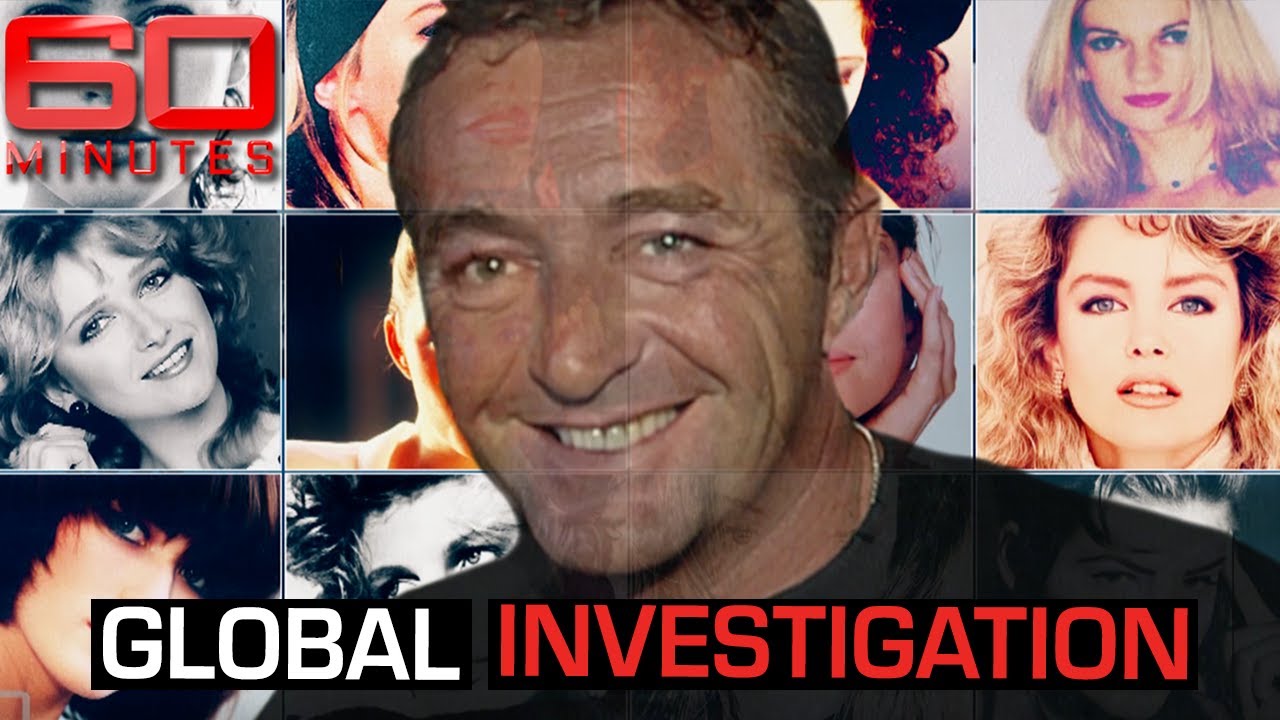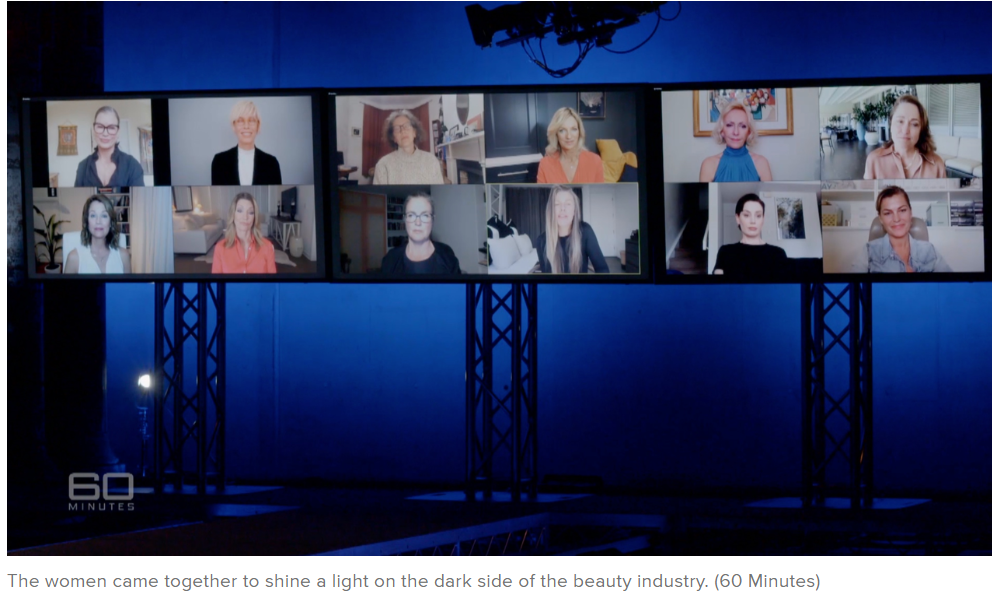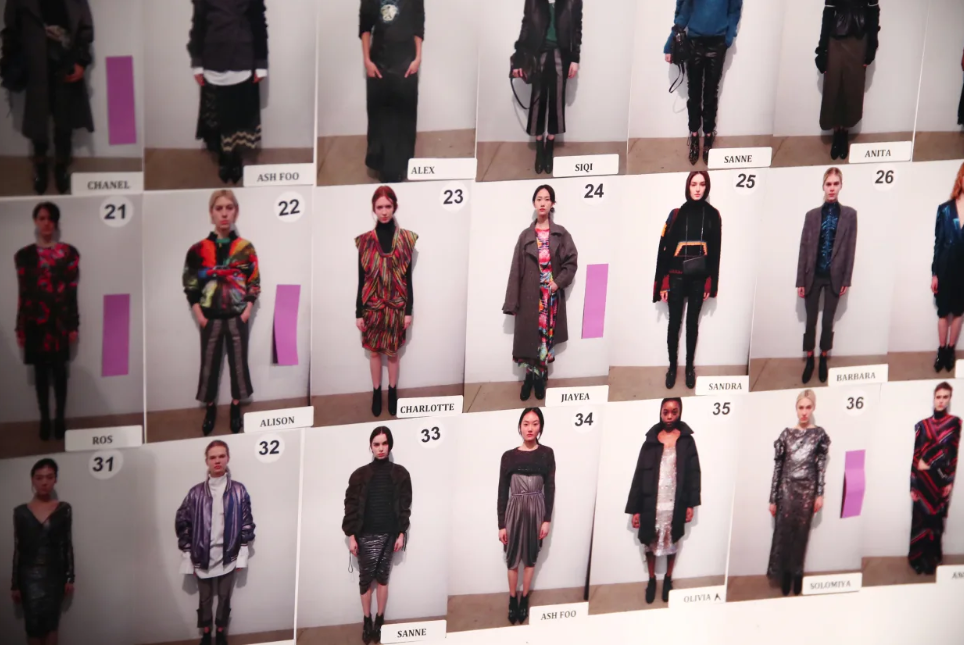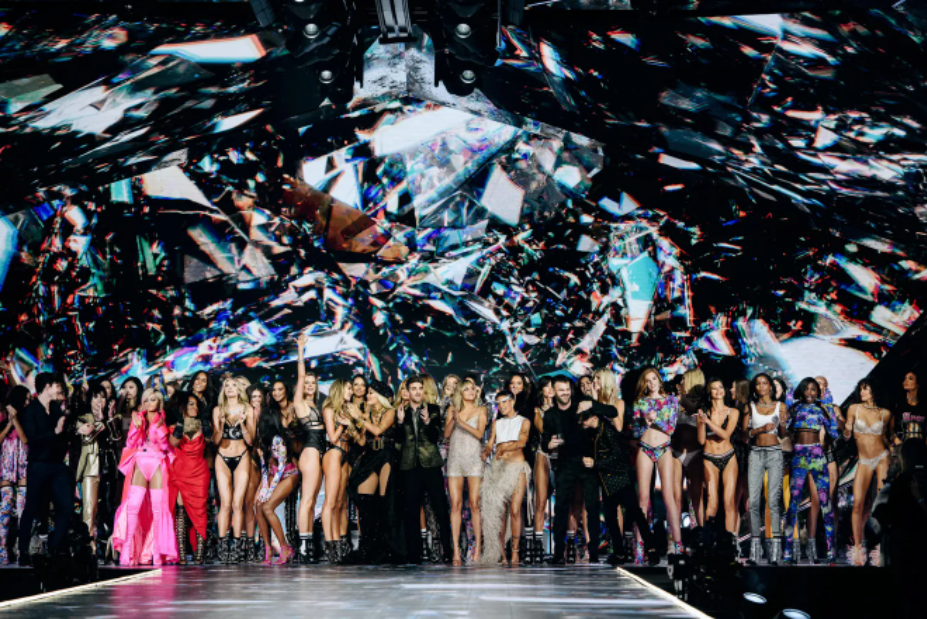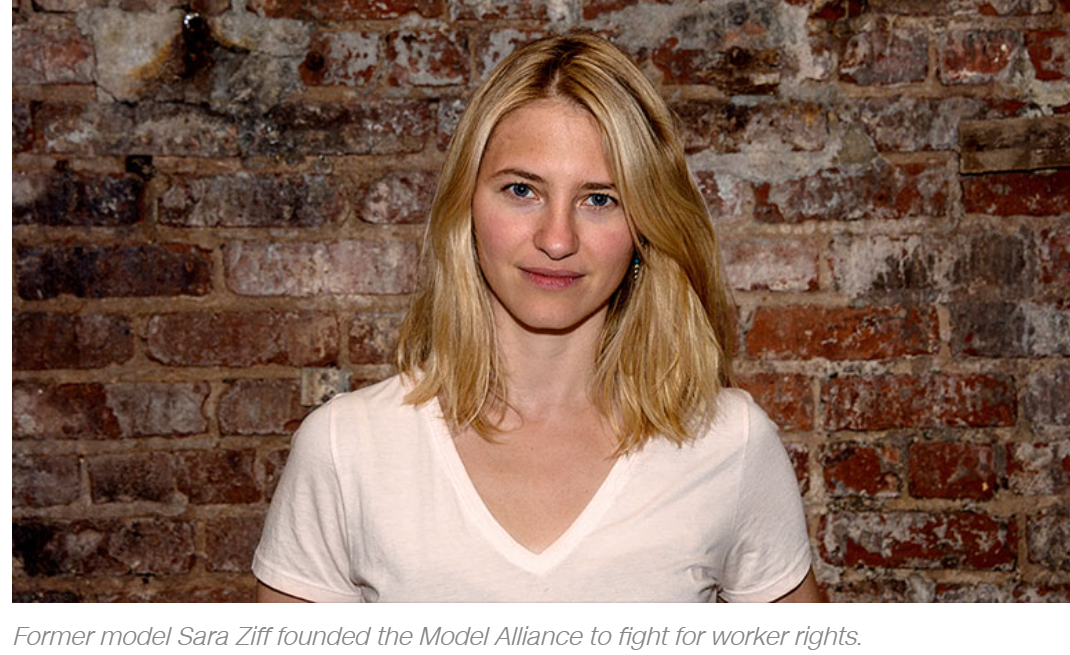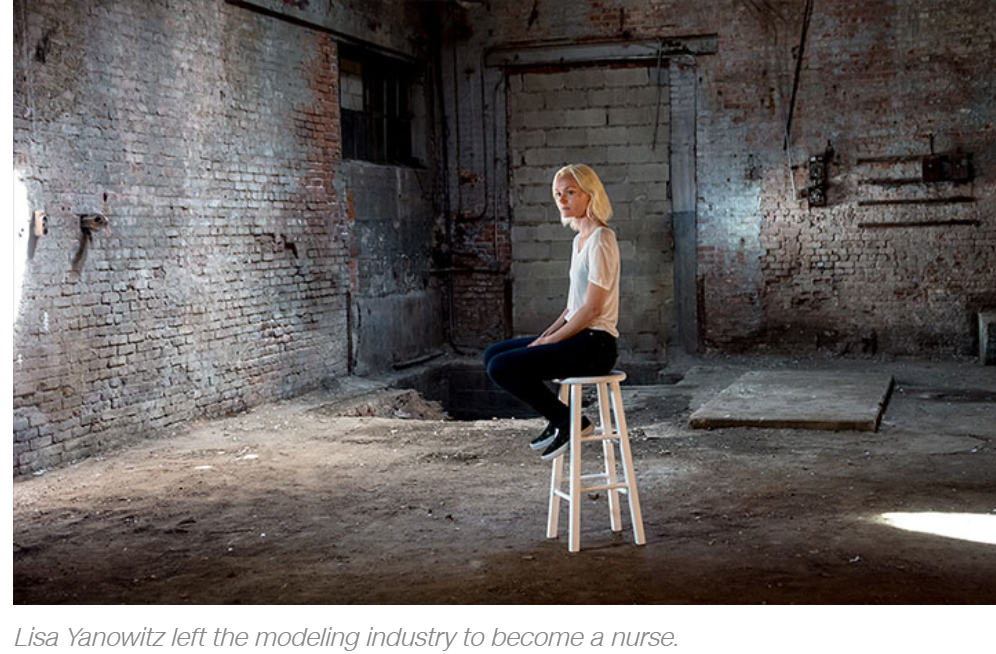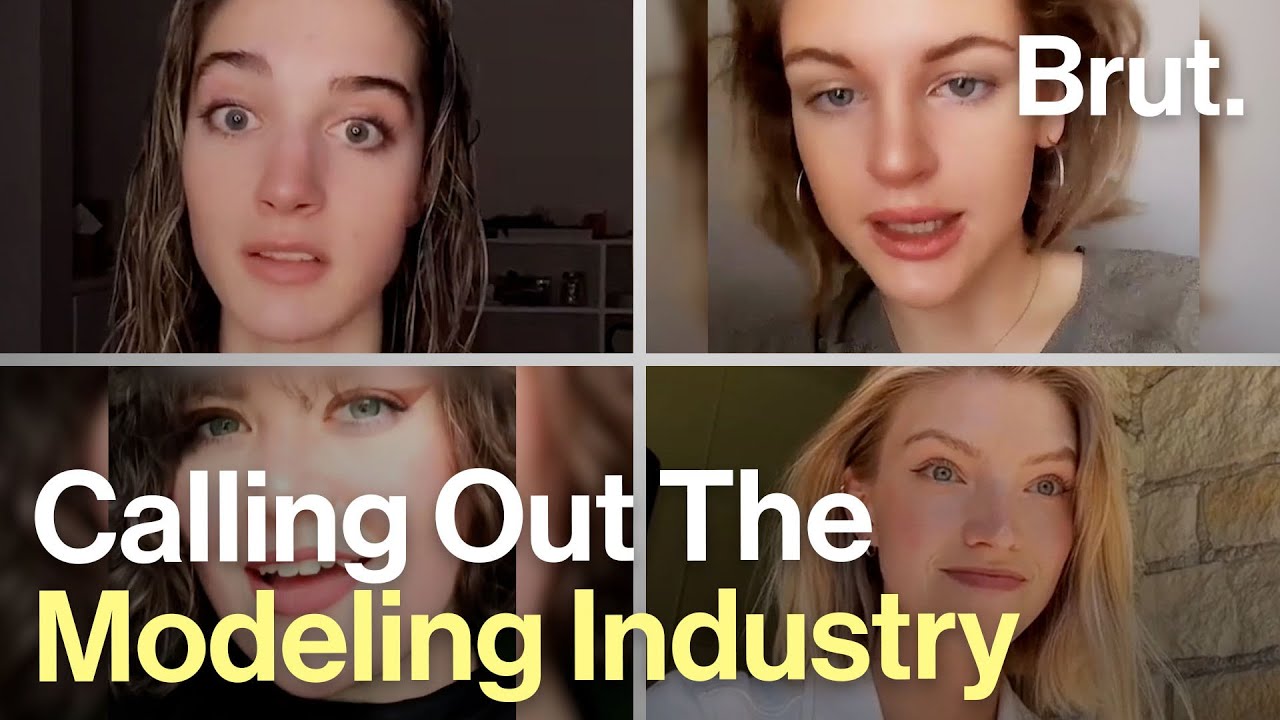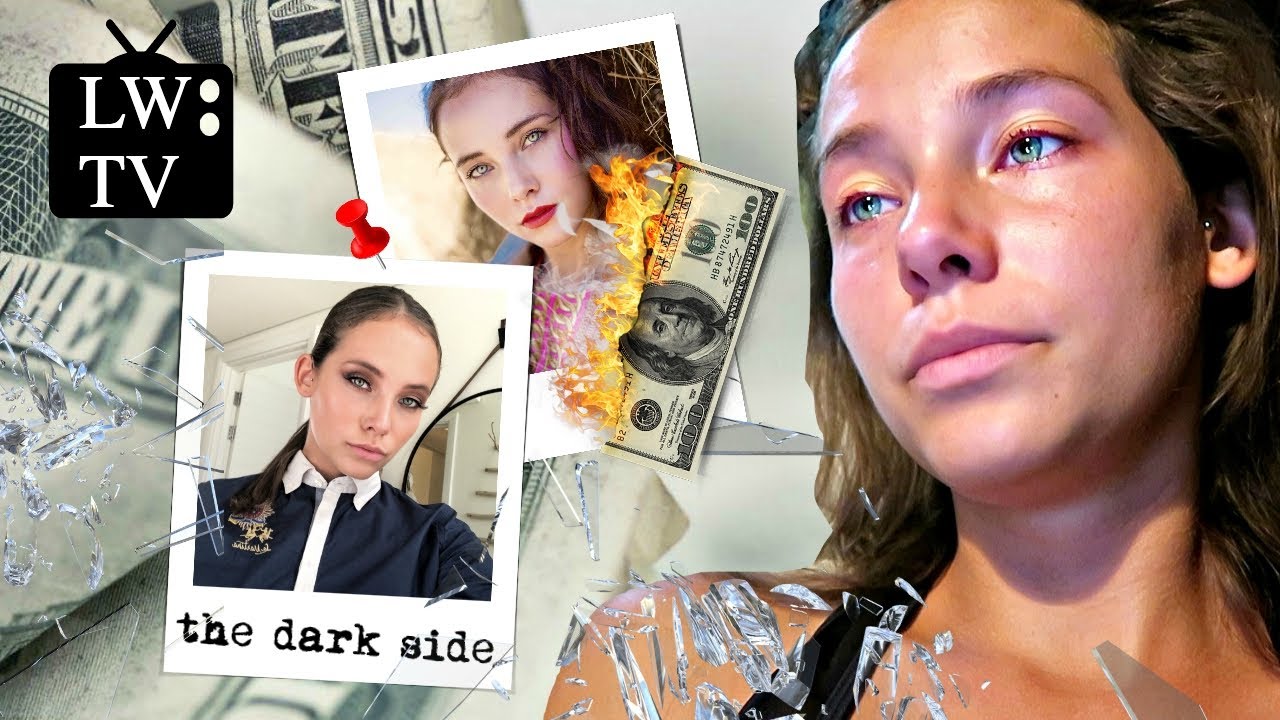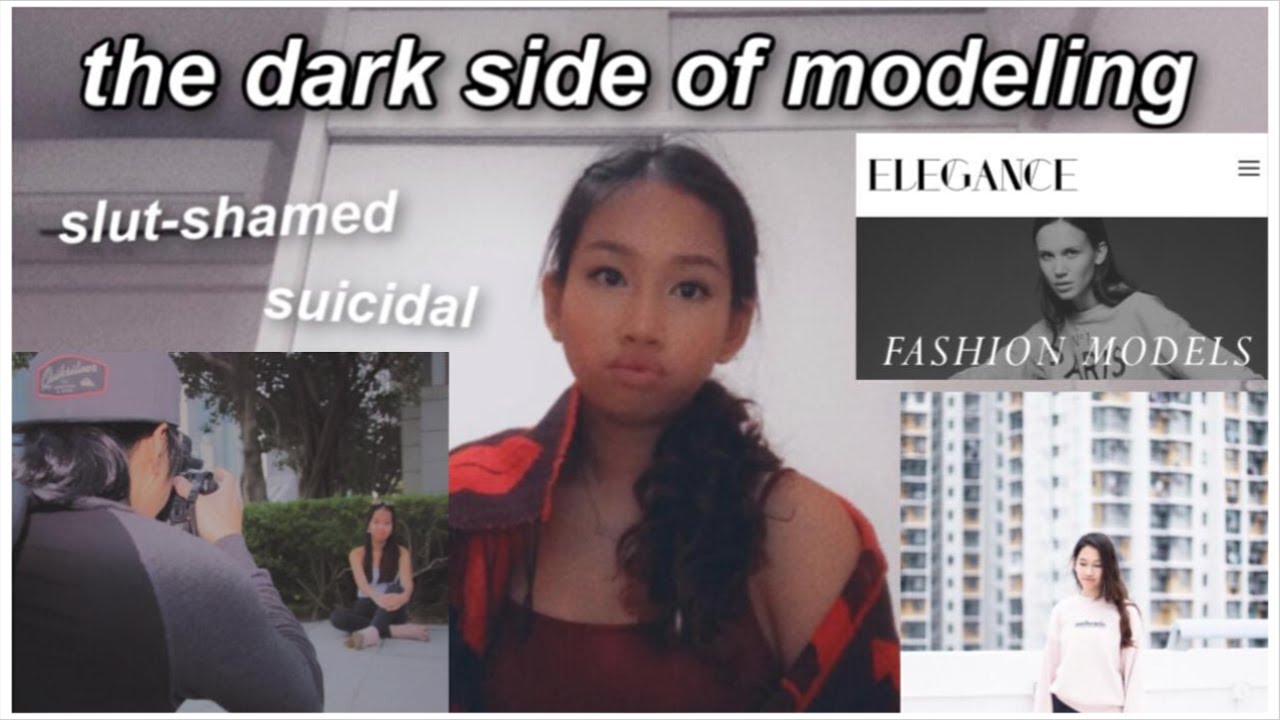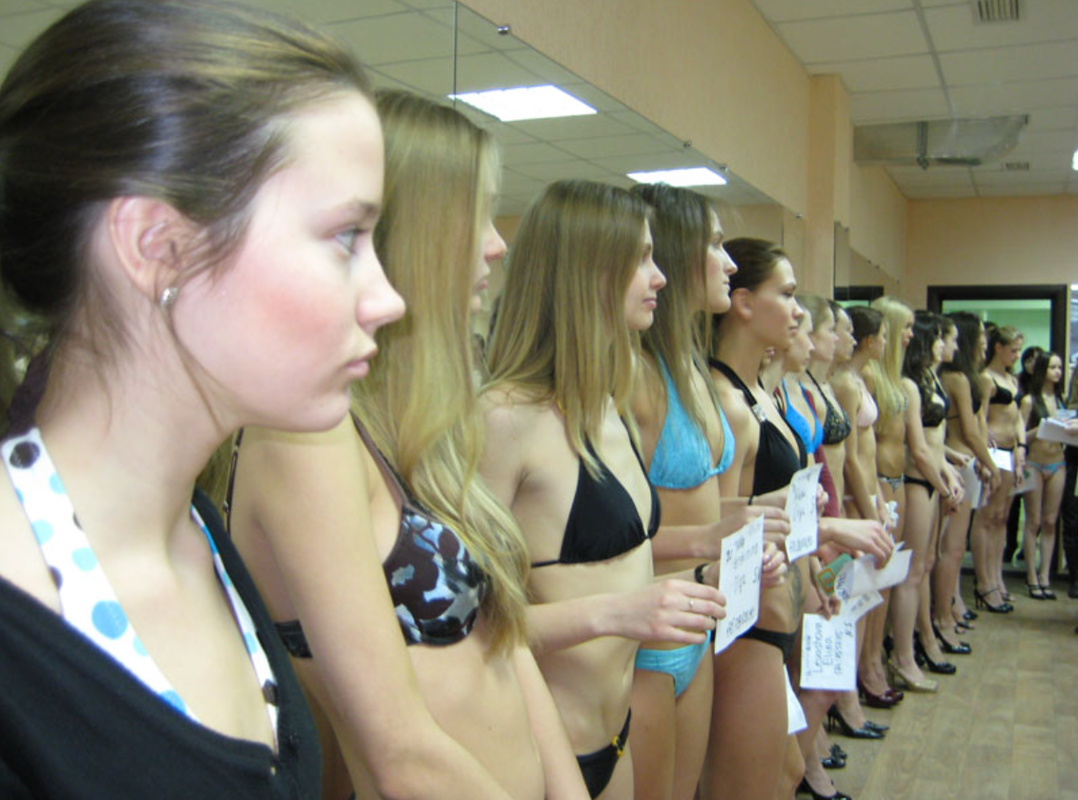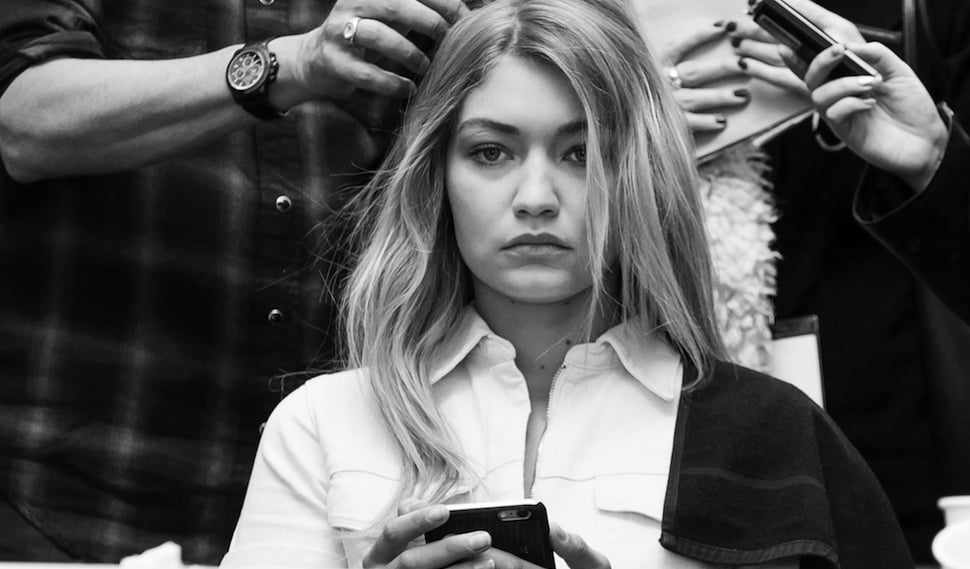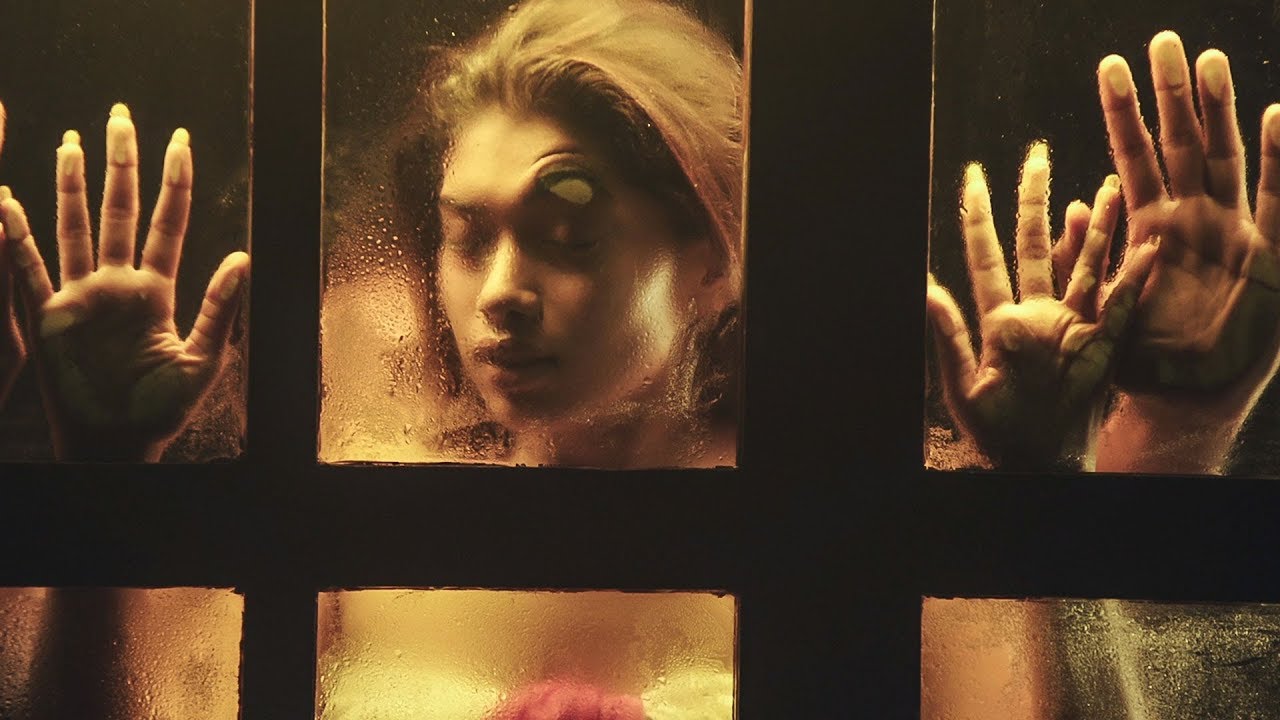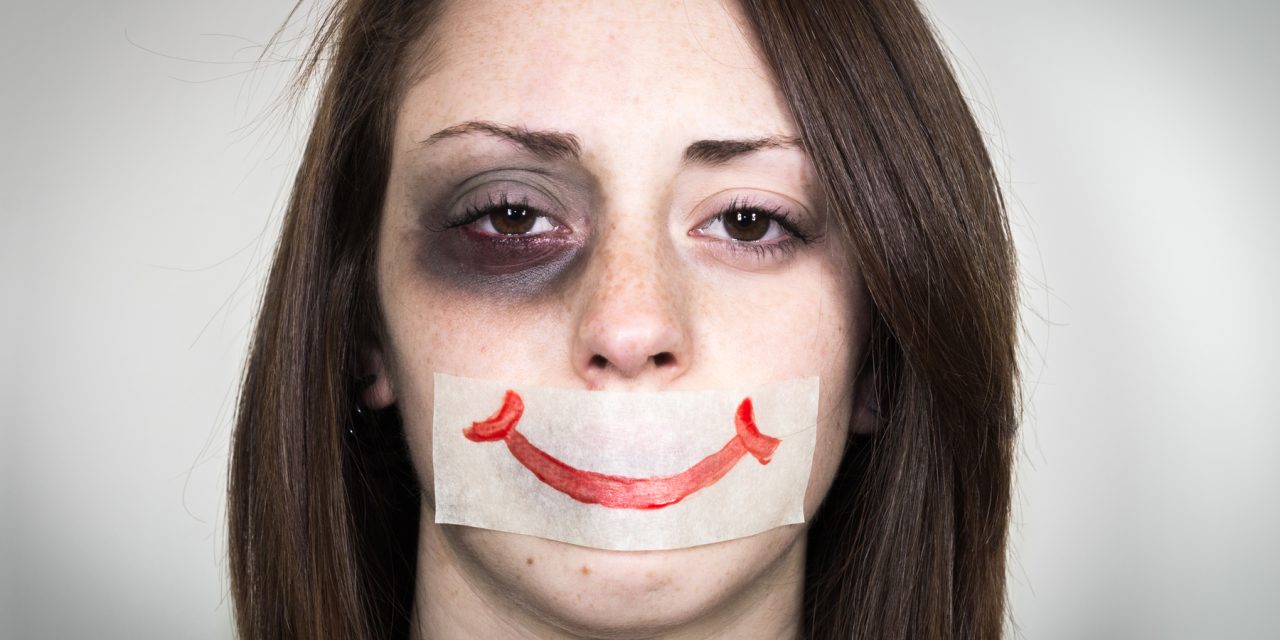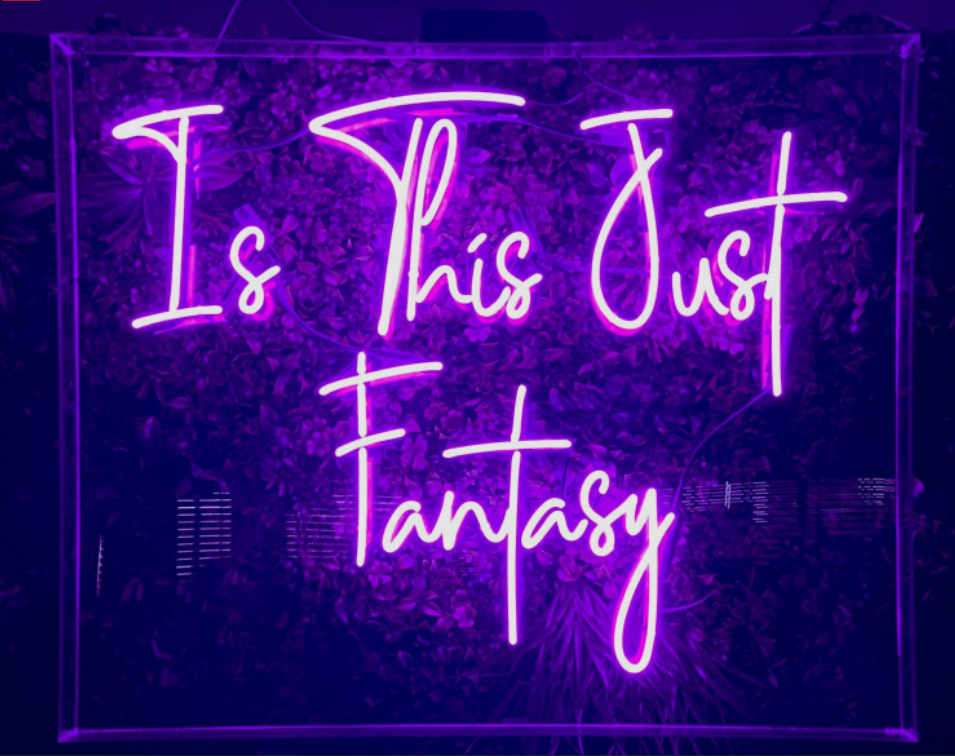03.05.2022
The Dark Side of Modeling: Trafficking and Abuse
Modeling is often portrayed as a job which accrues wealth, fame, and prosperity. However, the modeling industry’s weak labor laws and the nature of its international recruitment create corruption. While the industry is often attacked for eating disorders and alcohol abuse, its problems go far beyond that. Sexual harassment, stolen wages, and indentured slavery define the modeling industry. A lack of labor laws and disproportionate regulation in the modeling industry leads to disenfranchised models and imbalanced power dynamics between agents, fashion brands, and models. The industry’s labor laws are as thin as its models. Agencies and fashion brands bypass these basic labor rights by refusing to make their models employees. Models work for their agencies as ‘independent contractors.’ Models are not ‘employees.’ This means that models have no guaranteed salary and no health insurance. This also means that agencies do not have to adhere to minimum wage laws. And in the worst case, when models can’t make money and agencies need extra cash, some turn to a side business: Sex trafficking. Global non-profit Stop the Traffik this year released a report about aspiring models falling prey to sex traffickers in countries ranging from Colombia to Ethiopia to Russia. The #MeToo movement played a part in shining a light on how models are exposed to sexual and verbal harassment," the report said. "What is not discussed is the link between modelling ... and the world's fastest-growing crime, human trafficking. Fashion is About to Have Its #MeToo Moment—And It’s Long Overdue. Credit: Brut
Poverty deprives people of adequate education, health care and of life's most basic necessities- safe living conditions (including clean air and clean drinking water) and an adequate food supply. The developed (industrialized) countries today account for roughly 20 percent of the world's population but control about 80 percent of the world's wealth.
Poverty and pollution seem to operate in a vicious cycle that, so far, has been hard to break. Even in the developed nations, the gap between the rich and the poor is evident in their respective social and environmental conditions.
Poverty and pollution seem to operate in a vicious cycle that, so far, has been hard to break. Even in the developed nations, the gap between the rich and the poor is evident in their respective social and environmental conditions.
